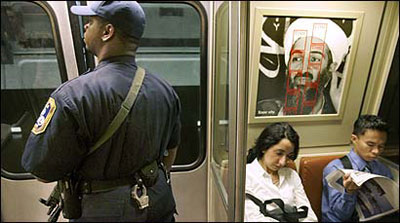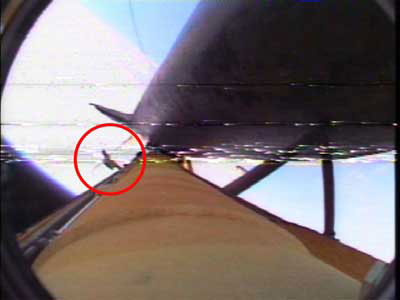Notes
Reading the Pictures Writer Guidelines
Are you interested in submitting to Reading the Pictures? Perhaps you are just interested in the format we use for approaching a post?
Writer Guidelines for Reading the Pictures
We are unique in our process of photo analysis. Unlike other sites, RTP is not commentary based on a photo’s circumstances or the use of an image as illustration simply for stand-alone political critique. RTP is all about the pictures.
The photo analysis works roughly the same way in each post:
1) Details within a photo are highlighted—isolated and pulled out for examination and discussion.
2) This discussion then moves on to speculate beyond these details and explore the “story” within the image as it relates to a fact, meaning, message, or understanding within a specific context (media, politics, culture, religion, etc.) or framework (psychological, sociological, anthropological, technological).
A favorite type of post is one that is “investigative” in nature. In this case, information is extracted from the photo that is newsworthy in itself, raises questions or sheds light on a political story, or provides insight into political relationships or media practices.
Examples of “investigative” posts:
• David Frum Accuses NYT and Reuters of Staging Gaza Hospital Photos (GRAPHIC) — link
• My Lai, Sexual Assault and the Black Blouse girl: Forty-Five Years Later, One of America’s Most Iconic Photos Hides Truth in Plain Sight. — link.
• Steve McCurry’s Rickshaw — link.
Images
Your image should come from a recently published news story or from documentary images published about a pressing cultural, social, or political topic. (Please steer clear of advertising and commercial imagery.)
The image always leads, and the text always defers to the image. This bears mentioning because it affects how one approaches the writing of the post. Images that are visually striking are therefore preferred because the image you choose must “speak” first—whether by suggesting a story, begging a question, provoking an emotional response, or being surprising or revealing in some way.
We generally prefer a photo, but illustration is also okay.
Image Size
Images must be at least 800 pixels wide or long (depending on whether it is larger horizontally or vertically). Please send a jpg version of the image plus photo credit, as links often expire or move, but do also provide the original link to the image for backup.
Post Text Basics
Identify the image for your audience. Provide the relevant general context, including where the image comes from, the date of the image, and names of people, location, event.
After identification, there’s no “formula” for writing the body of a post. Again, the goal is to provide analysis. Your analysis must draw out meaning specifically revealed/suggested by the features (or compositional elements) contained in the picture. It’s not necessary that your discussion be honed to an iron-clad thesis point; in fact, your “read” should open up options for further discussion and debate. Focusing on and supporting one main point is fine, but please also provide at least one or two ancillary points (which can be fleshed out or not—that’s up to you).
Length
500-1000 words.
Please be as concise as possible! (Tips provided below.)
Sources/References/Article Links/Further Reading
Always provide original story links and other key references that deal with the context of the image and its origins.
Title of the Post
Wordplay is encouraged.
Photo Credits
Required. Please follow The RTP format from existing posts: include photographer name/agency name, date, and original publication source.
Byline
Please indicate how you wish to be identified: whether by your real name or by a pseudonym/screen name.
Tips for Being Concise
• Lead with the specific.
• Impart the core information first, not the conclusion. Beginning with the conclusion requires backtracking, which quickly devours word count.
• Avoid introductory sentences. (There’s a good chance these are going to be cut anyway, so you might as Ill cut them yourself.)
• Watch the verbs: Are they active or passive constructions?
• Avoid jargon. Our audience is well-informed and savvy, but we write for a general audience.
• Vary sentence length.
• If a post is running long, lop off a paragraph. Usually, introductory or concluding paragraphs are good for sacrificing.


Reactions